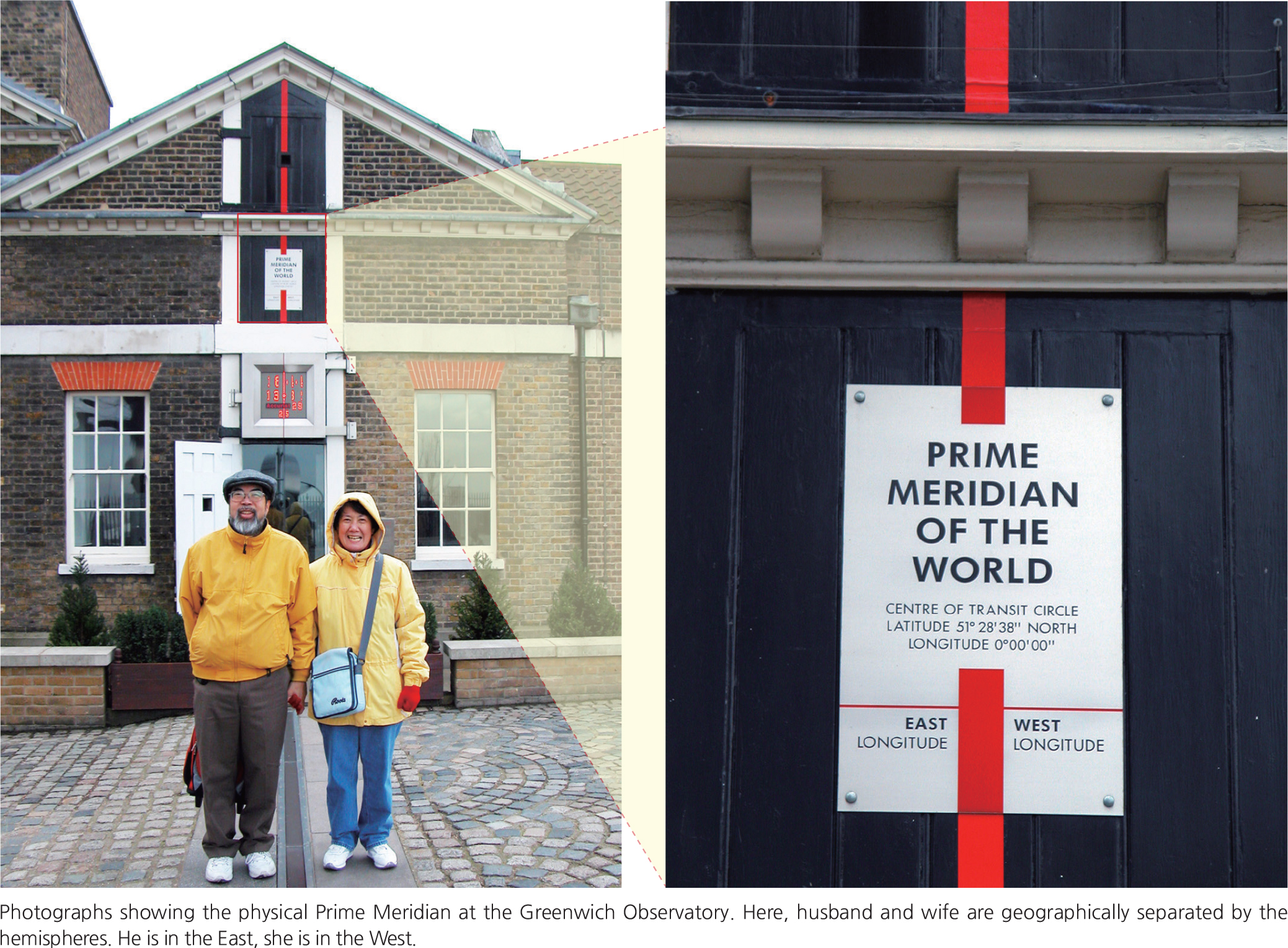The task of reading a map is similar to reading a book or an essay in the sense that book readers should generally keep an open mind during the reading process and be ready to accept concepts and ideas presented by the author while maintaining a healthy skepticism of what is being written so that questions can be raised or an idea rejected if the reader does not agree with the author. Map reading should follow the same path. However, there is a fundamental difference between reading a book and reading a map. A book uses words, sentences, and paragraphs in a well-structured sequence to convey information and ideas of the central theme of the book. A map uses graphics and symbols on a surface (paper or digital display) to simultaneously present a symphony of complex spatial phenomena. These phenomena imply spatial relationships between map components or the map elements. Reading a map is not sequential like reading a book; thus, each map reader may have a different set of strategies or sequences for viewing different parts of the map than another map reader. In so doing, they may come up with different visions, interpretations, and conclusions about the same map.
Many of us are too quick to accept the validity of a published map without questioning its truthfulness or accuracy. To this end, the Internet and any book or map publisher provide a common platform for maps created by both trained and untrained cartographers. A danger exists here when a teacher, or anyone, blindly accepts and adopts an erroneous map, published on the Internet or otherwise, for use in the classroom. Any mistake that may have been included in an erroneous map should not be passed on as fact to the students. Thus, it is important that teachers convey to students that all published maps are not necessarily accurate representations of the world.
The intent of this section is to systematically and clearly outline many of the fundamental concepts on how maps are created from the cartographer’s perspective, and to provide some clues on how a reader should interpret and analyze them. All individual maps are different and there is no single magic formula that will clearly or definitively indicate “this map is wrong” or “that map is well constructed.” Such evaluations will have to be entirely based on the specific content of the map itself, the integrity of the data used to construct it, and on how well it was designed and presented. Thus, all maps are not created equal. In this respect, the map is perhaps more subject to interpretation than a book would be. The very nature of the map itself is a complex matter as it represents a vast stretch of space and a large number of different spatial relationships. With this section, the authors attempt to briefly introduce the nature of the map in simple terms, and provide insight into the many decisions that a cartographer has to make. Specific examples shall be used to provide guidelines for teachers to consider when determining the pedagogic value of a particular map or group of maps. Since it is impossible to write about all cases and scenarios, this section is meant to invoke the student’s and the teacher’s spatial thinking skills. It is a task that is impossible to achieve without a thorough understanding of the nature of maps and the possible and embedded spatial information that a map can convey, however simple it may appear. The rest of this section shall be systematically organized by various topics to provide a synopsis of the very fundamental concepts about maps to assist readers in using this atlas.
